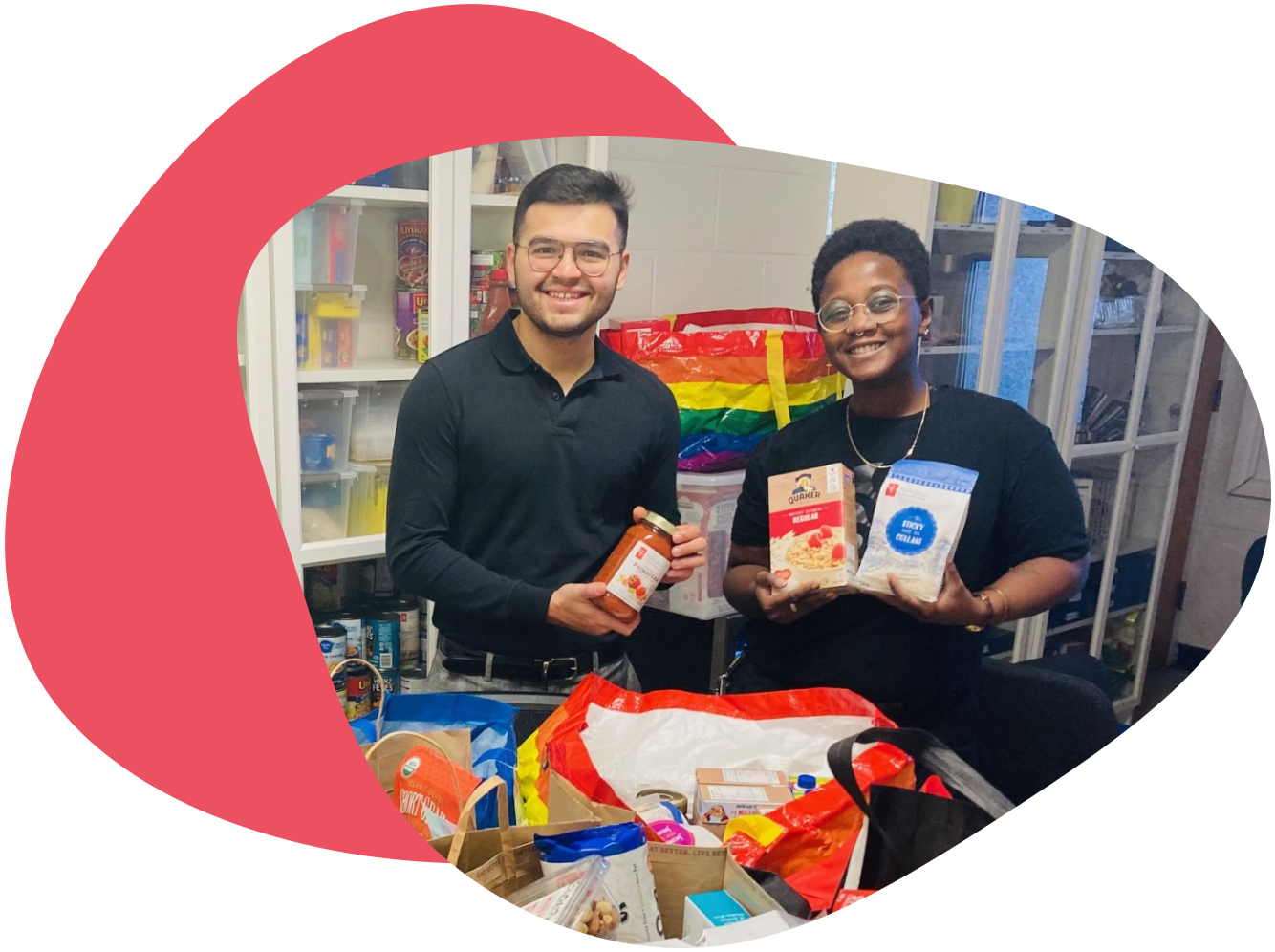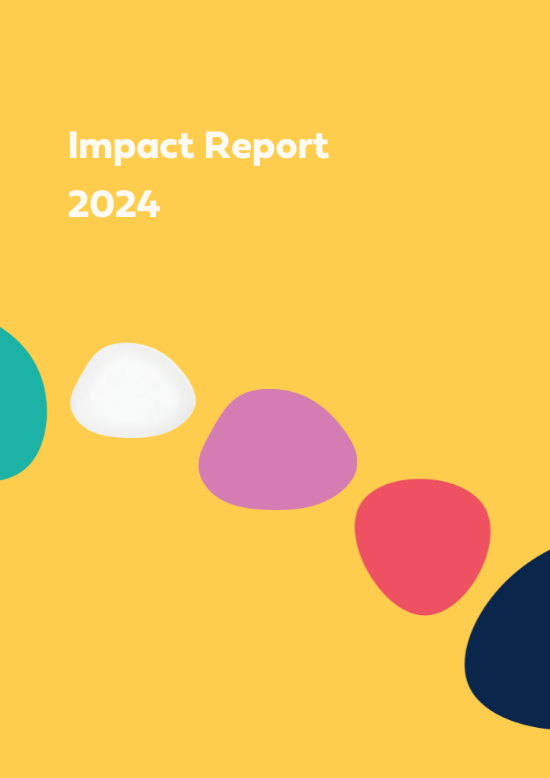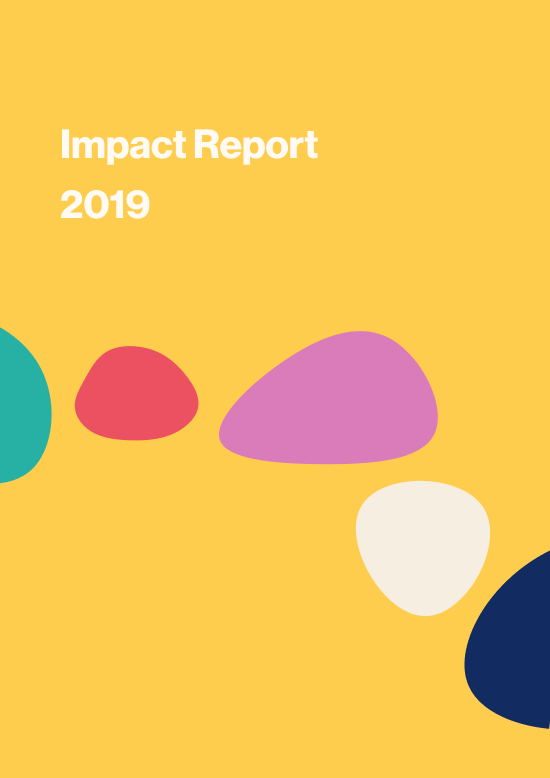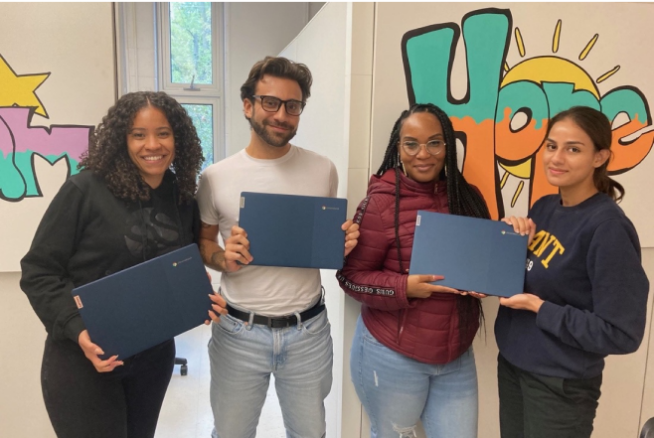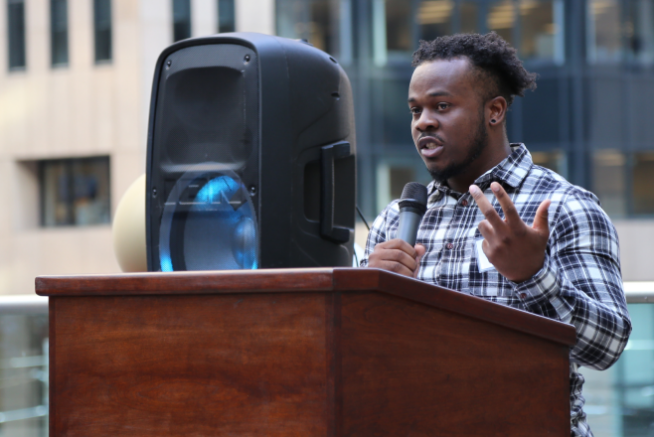At StepStones for Youth, we believe every young person deserves the chance to thrive.
Our vision is simple: all youth should have access to the tools they need to graduate high school, go on to post-secondary education or meaningful work, find stable housing, get the mental health support they need, and feel a strong sense of belonging.
But the reality is, youth aging out of foster care face serious barriers. Compared to their peers, they’re more likely to experience poverty, lower graduation rates, unstable employment, homelessness, poor mental health, and isolation.
Our programs are designed to change that. Through wrap-around support and regular check-ins, we track each young person’s progress and use what we learn to make our programs even stronger. We collect data when youth join us and every six months after, helping us understand what’s working—and where we need to do more.
Here are a few changes we’ve made recently based on what youth have told us and what the data shows:
Housing Grants for School Success – 2020
Youth from foster care often have the same dreams of college or university as their peers—but face far more obstacles getting there. While StepStones once offered education bursaries, we found that financial support had no positive impact on whether or not a youth went to school.
Our evaluations showed that stable housing is what truly makes the difference. Without it, youth often drop out of school to pay rent, putting them at risk of homelessness, trafficking, and long-term instability.
That’s why we shifted our focus from tuition support to student housing grants—and it’s working. We continue to offer these housing subsidies to help youth stay in school and build a secure future.
The Importance of Connection – 2021
Our experience has shown that even when young people in the child welfare system receive education, housing, and mental health support, it’s not enough on its own. Without strong, long-term relationships with caring adults—like extended family, mentors, and community allies—many still struggle to move forward.
At StepStones, we take a relational approach. Our programs are designed to help youth build lasting connections with people who reflect their identities and lived experiences. These relationships are key to healing, belonging, and long-term success.
We also know that many youth from foster care are disconnected from their cultural roots. That’s why we support them in reconnecting with their communities, reclaiming their identities, and finding adults they can trust—not just for a program, but for life.
The gap we fill is clear: reducing isolation and disconnection by helping youth build real relationships with people who are already in their lives—or want to be—but need support to show up in meaningful ways.
Numbers of Connections for Youth – 2022
When we first launched our connections-based programming, we drew from evidence-based models—like one that showed over 100 potential adult connections could be identified for a child within 30 days of entering care. But we quickly learned this didn’t reflect the realities of older youth in foster or group homes.
Many of the young people we work with have experienced trauma, instability, and years of institutional care. Reconnecting with extended family or building new relationships isn’t easy—and pushing for 100 connections often felt overwhelming and unhelpful.
So, we shifted our approach. Instead of focusing on large numbers, we focused on building meaningful relationships. We reduced our goals to 50 connections and a circle of support of five trusted adults (instead of eight). This allowed us to go deeper, not just wider—and the results have been powerful.
We also know the work doesn’t stop once a youth is matched with a mentor or family member. Building trust and a strong support network takes time, and we continue walking alongside youth as they expand those circles.
Group vs Individual Work – 2023
When we started doing connections-based work, we used group retreats to help youth build trust and connect with peers early on. But we learned that group settings don’t always feel safe for sharing personal histories—especially for youth who’ve experienced trauma.
That’s why we shifted to a one-on-one model. Our Connection Coordinators now work directly with each young person, helping them explore their past and map out important relationships in a private, supportive space. This approach builds trust, creates stronger connections, and leads to better long-term outcomes.
We still run group retreats—and while they’re not used for personal history work, they’re a powerful way to boost confidence, build camaraderie, and help youth feel part of a supportive community.
Stable Housing in a Rental Crisis – 2024
At StepStones, we know that stable, affordable housing is key for youth to succeed in school, improve their mental health, and build a better future. That’s why we prioritize long-term housing support for young people at high risk of homelessness.
Over the past year, fewer subsidized housing options and a tough rental market in Toronto (an 8% rent increase for a one bedroom apartment in 2024 vs 2023) made it harder for youth to secure safe, stable homes. Multiple partner agencies that we relied on for support have lost funding resulting in changes in eligibility for housing support. In some cases, youth are required to have been living in a shelter for 6 months before becoming eligible for support. In response, we expanded our housing subsidy program by offering 505 portable housing grants—a grant that allows youth to continue to receive support regardless of where they choose to live. This represented a 91% increase in subsidies distributed from the previous year (505 in 2024 vs 265 in 2023). Next year, we’re expanding access to our portal, partnering with organizations across Canada to help reduce youth homelessness from coast to coast.
Consistency for a Strong Sense of Belonging – 2024
Youth involved in child welfare often grow up with loss, instability, and disconnection from family and community. At StepStones, we know that rebuilding trust and identity takes time—and consistent, welcoming spaces.
That’s why in 2024 we increased our hours of engagement programming by 18% compared to 2023 and 53% from 2022. We began hosting weekly community dinners every Tuesday. These evenings offer more than just a home-cooked meal. They’re a chance for youth to connect with caring adults, discover StepStones programs, and spend time with peers in a safe, supportive space.
There’s always food, conversation, arts activities, and even door prizes. Youth tell us it feels “like something a family would do”—and that sense of routine and community helps build confidence, self-worth, and connection.
Increasing Food Security – 2024
Rising food costs (a 29.6% increase from 2019 to 2024) make it tough for youth leaving foster care to meet basic needs like food and safety. StepStones helps by offering an emergency food pantry stocked with donations, weekly community dinners with take-home meals, and grocery gift cards distributed to youth for fresh food. In 2024, we had a 256% increase in the number of emergency food and care packages distributed (976 in 2024 vs 274 in 2023).
In 2024, we also ran 5 cooking workshops with professional chefs to build skills and confidence in the kitchen. This year, we’ll host community food events celebrating the winter holidays, Black History Month, and more.
Our Connection Coordinators use these programs to connect with youth, talk about nutrition, and build trusting relationships.
Increased Need for our Service – 2024
This past year, the demand for StepStones’ programs grew higher than ever. In order to maintain the same quality of service for youth in our program, for the first time in our history, we had to create a waitlist of over 150 youth. The rising cost of living, increased mental health challenges in youth, and the closure of other non-profits serving this population, have all contributed to more youth reaching out for support as they transition out of foster care.
In response, we offered alternative services like subsidies, service navigation, invitations to our Engagement Program events, and referrals to other organizations. Simultaneously, we are expanding our capacity by growing our team from 11 to 14 Connection Coordinators. We will also be expanding our program model to partner organizations to new jurisdictions to reach more youth and have increased our targets for fundraising, so our program has the resources and staff to meet this growing need. This investment means more Connection Coordinators, more direct support, and faster access to services for youth who need them most. As of early 2025, we have begun to intake youth from our waitlist with the goal of opening up referrals to our program in late 2025.
By scaling our staff and programs, we’re ensuring that no young person is left behind—and that every youth who turns to StepStones can find the stability and support they deserve.
